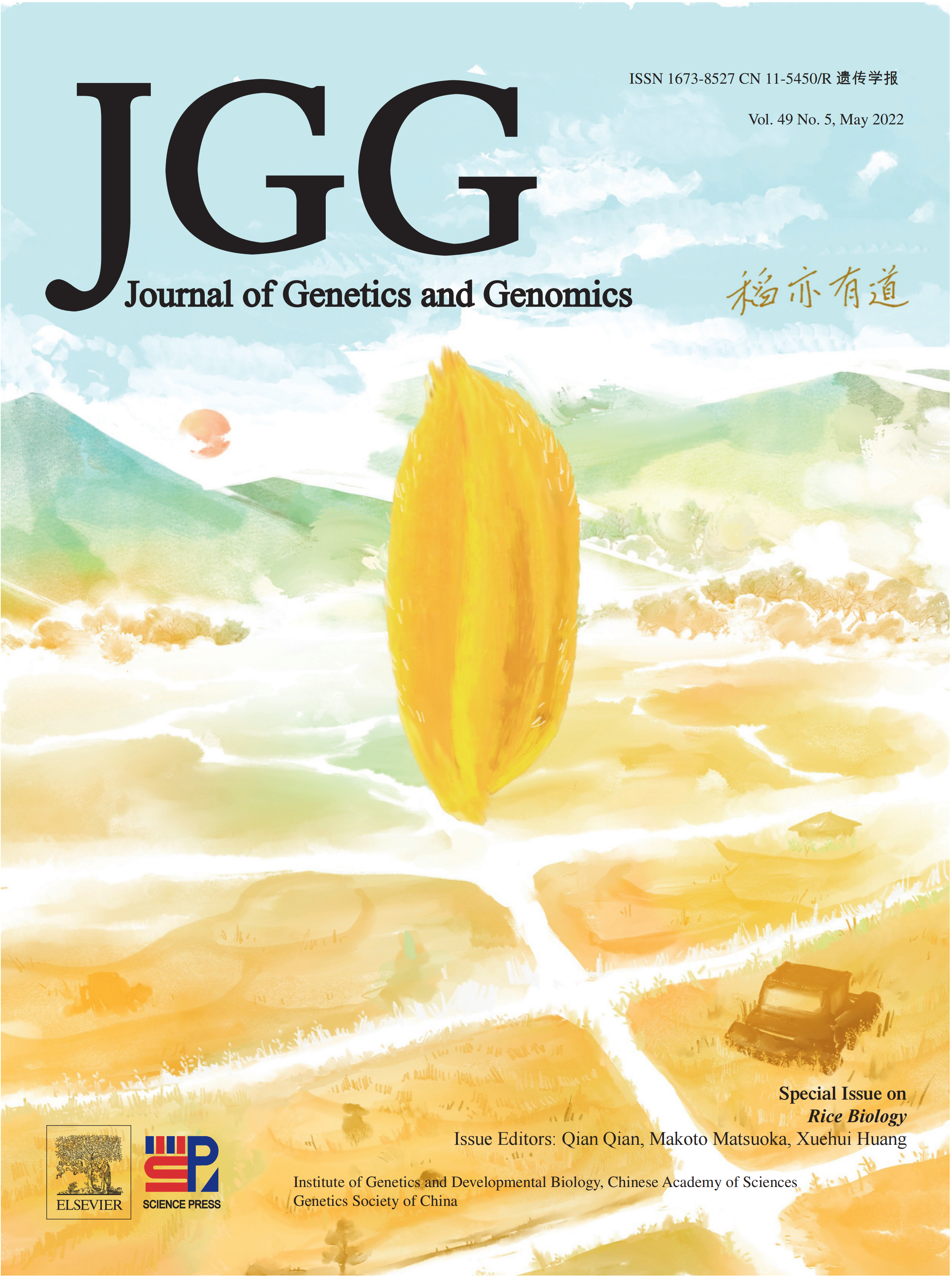2022, 49(5): 394-404.
doi: 10.1016/j.jgg.2021.12.006
Abstract:
Nitrogen (N) is the driving force for crop yields; however, excessive N application in agriculture not only increases production cost, but also causes severe environmental problems. Therefore, comprehensively understanding the molecular mechanisms of N use efficiency (NUE) and breeding crops with higher NUE is essential to tackle these problems. NUE of crops is determined by N uptake, transport, assimilation, and remobilization. In the process of N assimilation, nitrate reductase (NR), nitrite reductase (NiR), glutamine synthetase (GS), and glutamine-2-oxoglutarate aminotransferase (GOGAT, also known as glutamate synthase) are the major enzymes. NR and NiR mediate the initiation of inorganic N utilization, and GS/GOGAT cycle converts inorganic N to organic N, playing a vital role in N assimilation and the final NUE of crops. Besides, asparagine synthetase (ASN), glutamate dehydrogenase (GDH), and carbamoyl phosphate synthetase (CPSase) are also involved. In this review, we summarize the function and regulation of these enzymes reported in three major crops—rice, maize, and wheat, also in the model plant Arabidopsis, and we highlight their application in improving NUE of crops via manipulating N assimilation. Anticipated challenges and prospects toward fully understanding the function of N assimilation and further exploring the potential for NUE improvement are discussed.







